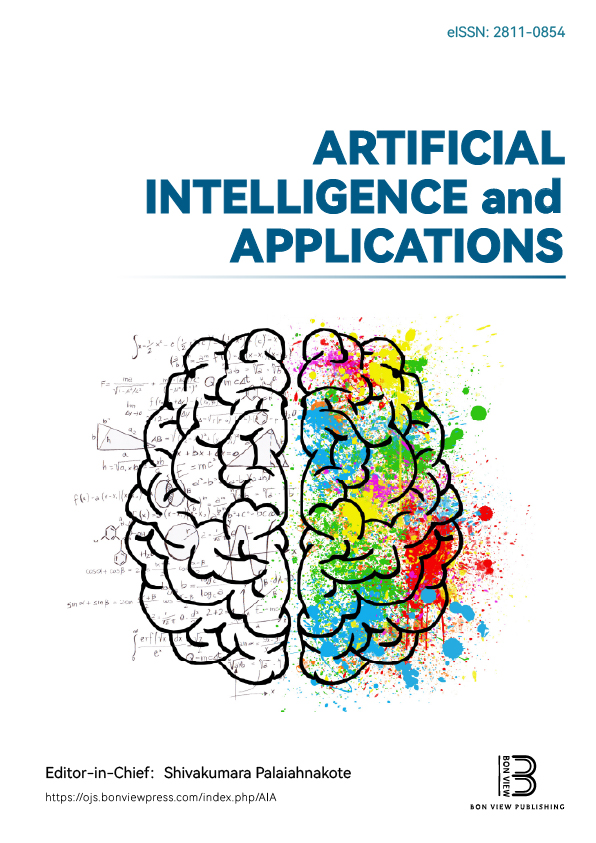Predictive Artificial Intelligence Models in the Early Identification of Diabetic Retinopathy
DOI:
https://doi.org/10.47852/bonviewAIA52025555Keywords:
artificial intelligence, diabetic retinopathy, early detection, predictive model, retinal abnormalitiesAbstract
This study aims to evaluate the precision of a mathematical system using Artificial Intelligence (AI) in forecasting retinal anomalies linked to Diabetic Retinopathy (DR). The study adopted a quantitative, descriptive, and exploratory approach. A standard sample of 1684 ocular fundus images was analyzed. These images were divided into two groups: Class 0 for healthy eyes and Class 1 for eyes with DR. A finite population model was used to determine the sample size, which came from a publicly available database. Experts in the field validated the results obtained to guarantee the accuracy of the findings. The study used the Vision AI solution to train and test 3,752 publicly available medical images. During the training phase, an independent set of 1,684 medical images that had not been included in the training sample was selected. The sample was then classified into two groups: (1) Class 0 for healthy eyes; and (2) Class 1 for eyes with DR. To evaluate the model’s performance, a statistical analysis was conducted using key metrics such as accuracy, sensitivity, specificity, F1-score, and confusion matrix. The AI-based model demonstrated an accuracy exceeding 90%, with statistically significant findings supporting the study’s hypothesis. The findings highlight the model’s ability to detect and predict DR in real time, improving the accuracy of disease detection.
Received: 28 February 2025 | Revised: 26 June 2025 | Accepted: 26 August 2025
Conflicts of Interest
Data sharing does not apply to this article as no new data were created or analyzed in this study.
Data Availability Statement
The authors declare that they have no conflict of interest to this work.
Author Contribution Statement
Gabriel Silva-Atencio: Conceptualization, Methodology, Software, Validation, Formal analysis, Investigation, Resources, Data curation, Writing – original draft, Writing – review & editing, Visualization, Supervision, Project administration. Edwin Acuña-Acuña: Conceptualization, Methodology, Software, Validation, Formal analysis, Investigation, Resources, Data curation, Writing – original draft, Writing – review & editing, Visualization, Supervision, Project administration. Maziar Lalezar: Writing - review & editing, Visualization, Supervision, Project administration.
Metrics
Downloads
Published
Issue
Section
License
Copyright (c) 2025 Authors

This work is licensed under a Creative Commons Attribution 4.0 International License.






